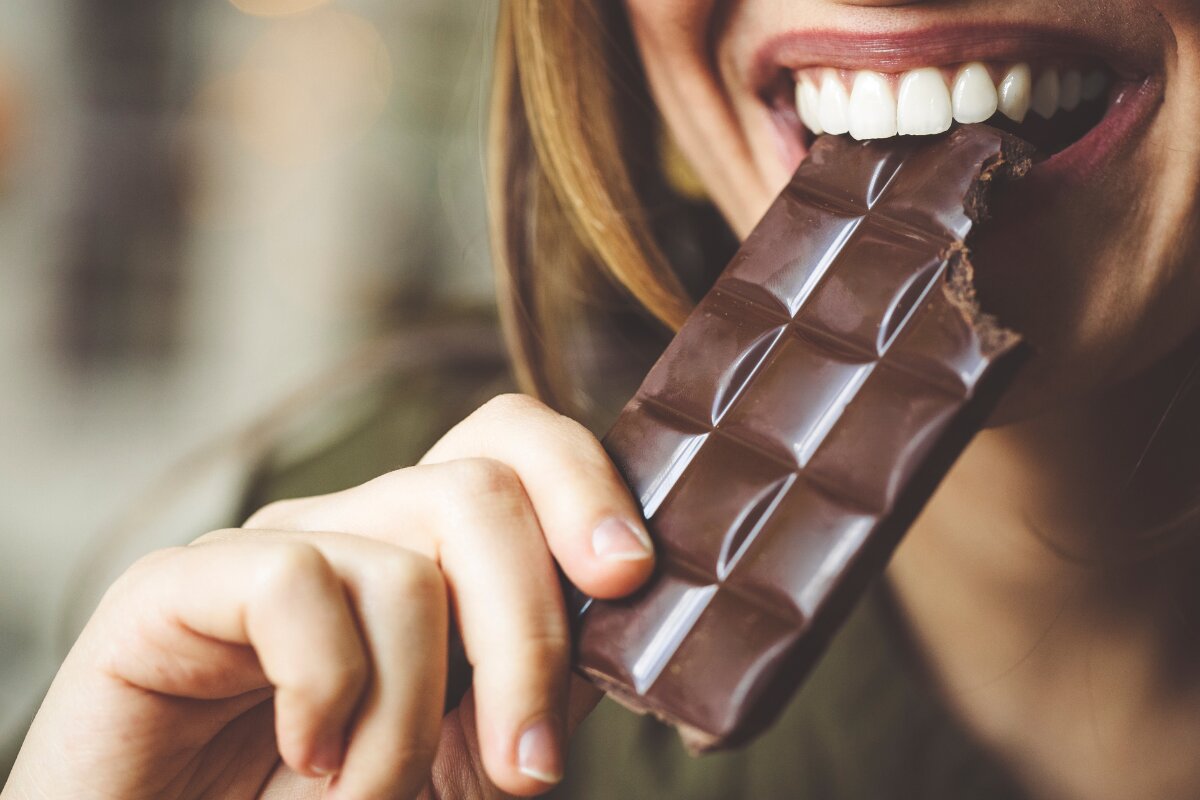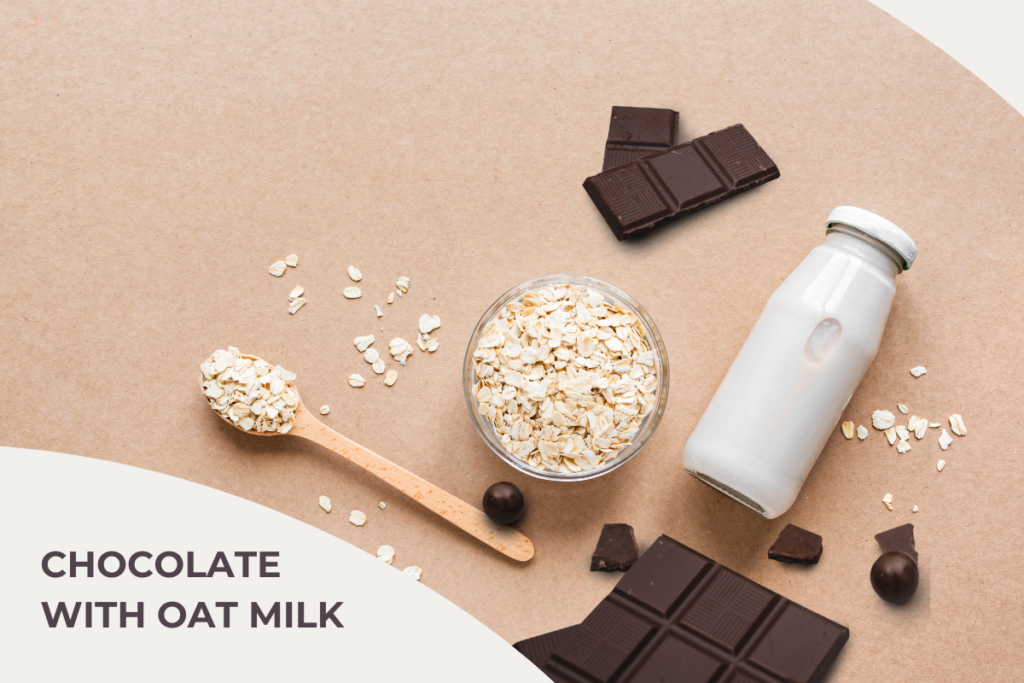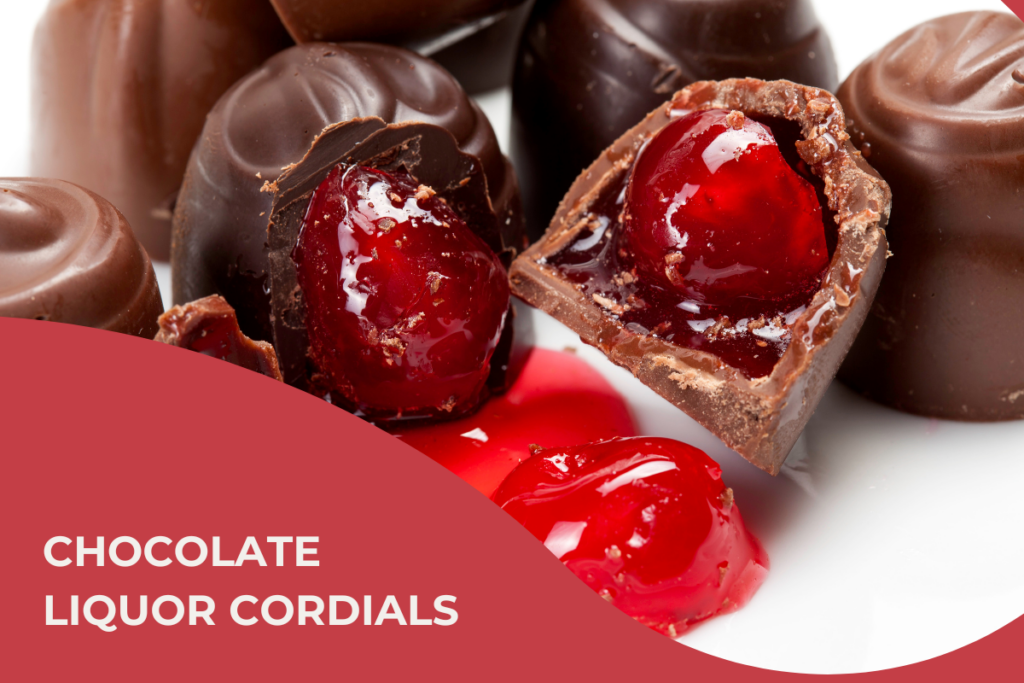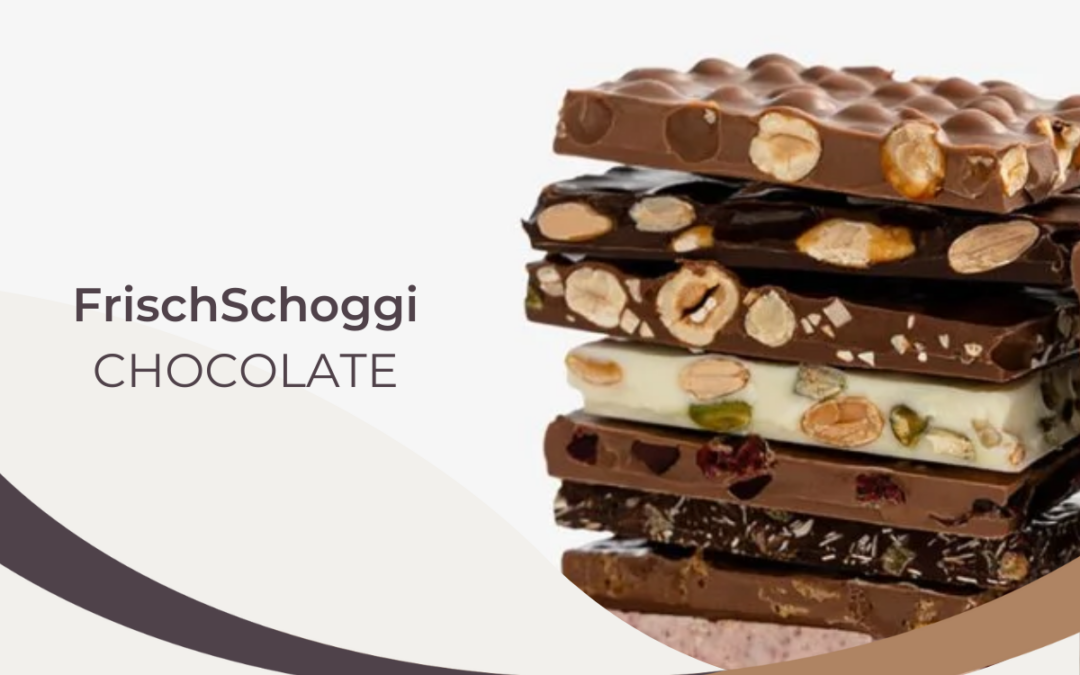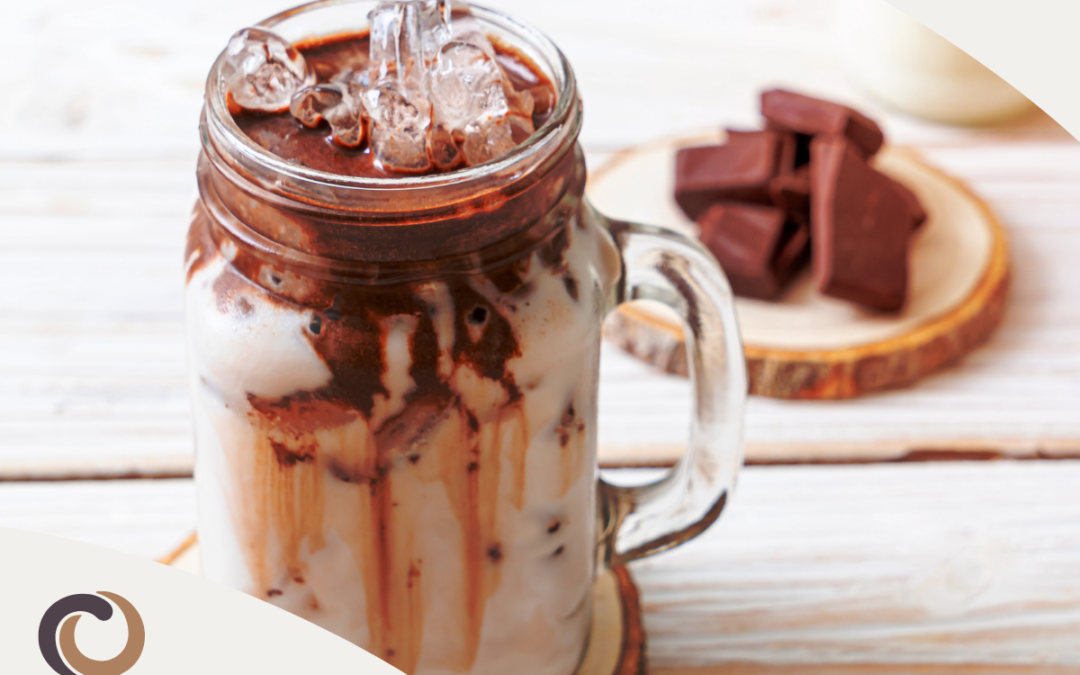Tasting chocolate is more than just eating it. The art of tasting can transform a casual bite into a magical world of new pleasures and sensations. Like wine connoisseurs, professional chocolate makers and tasters use a simple but systematic procedure to unlock all the layers and flavors in fine chocolate.
A few simple tips can help you learn to taste chocolate like a professional with our “Guide to Tasting Chocolate” in 8 steps, so keep reading and learn how to taste CHOCOLATE like an expert.
Guide to tasting chocolate like an expert
Tasting is not the same as eating. It’s all about focusing on the food and paying attention to how it feels in your mouth and what flavors you can detect.
The secret to savoring chocolate is to slow down, focus, and pay attention to the appearance, aroma, texture, and taste of each bite.
Our Guide to Tasting Chocolate may help you enjoy the experience more, but be reassured that there’s no right or wrong way to taste chocolate. And remember, in the end, what pleases you most is the chocolate you like best. No two people perceive aroma or taste flavors exactly the same way, and even texture can differ from one palate to another.
On the other hand, practice makes perfect, and there is an art and a craft to be learned. With experience, your chocolate palate will evolve and become more refined. When tasting, pay attention to both what pleases you in certain chocolates (positive attributes) as well as what lessens your enjoyment of specific chocolates (defects).
8 step guide to tasting chocolate at home
Set up a pleasant-tasting environment with no distractions. Limit noise, bright lights, and strong scents so that your senses can be filled with the aromas and flavor nuances of the chocolate you plan to taste. Don’t go overboard – we recommend that you limit the type and number of chocolates per session. Break or cut the chocolate into medium-sized pieces for sampling, have water or bread for palate cleansing, and keep paper and pen handy to take some notes.
Let’s start
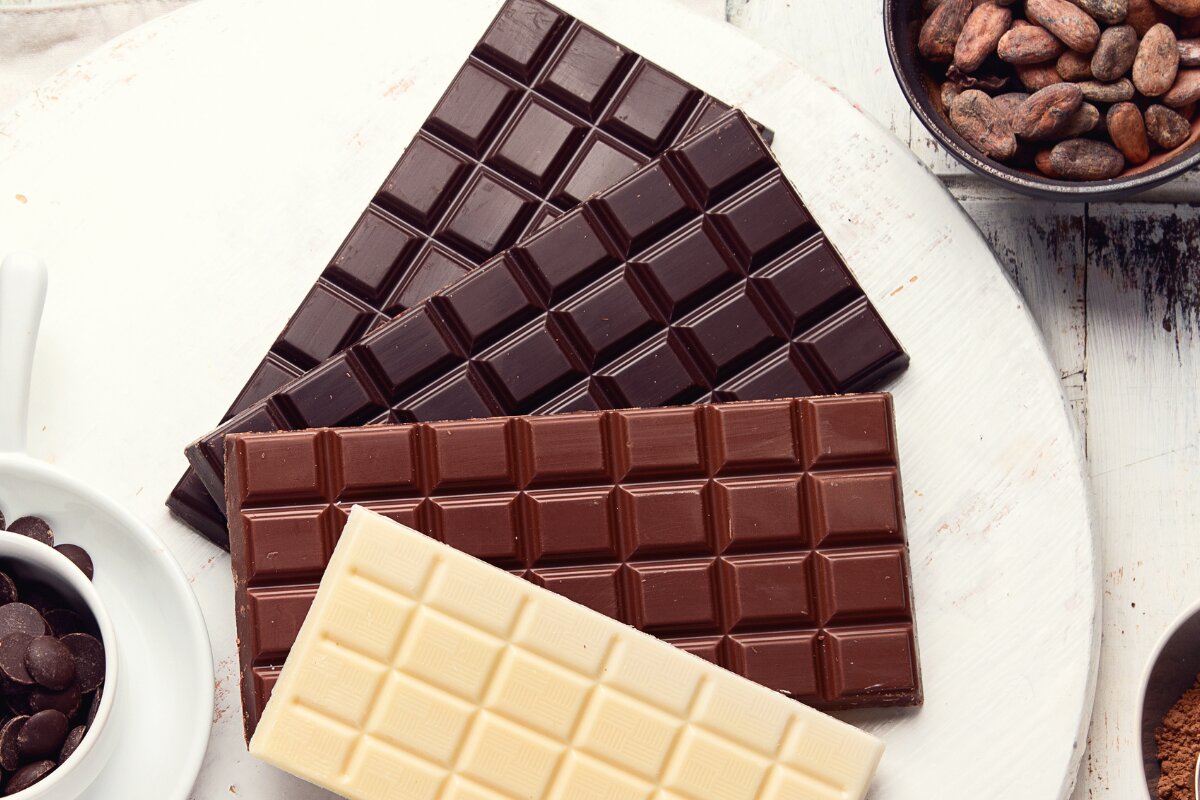
Step 1 – Pick between dark, milk & white chocolate
Focus on one type of chocolate at a time, ideally tasting no more than six samples in one sitting. When you’re choosing chocolate, look for high-quality chocolate such as craft chocolate that doesn’t have too many unrecognizable ingredients (clean label). Look for chocolates made from single-origin beans or from specific regions.
Step 2 – Look at the chocolate’s appearance
Take a look at the chocolate’s appearance and note its color, shine, and texture. Good-quality chocolate should have a shiny surface and a uniform deep color. If there is any white powder on the outside, this is a defect called bloom where cocoa butter or sugar gets pushed to the surface of the chocolate. If there are any white streaks on the surface of the chocolate, this may be an indication that the chocolate was not tempered properly.
Step 3 – Break the chocolate
Break your piece of chocolate in half and listen to the sound it makes. A good-quality, properly tempered chocolate should make a crisp snapping sound when you break it. If your chocolate bends or crumbles, this is an indication that the chocolate is not properly tempered. If your chocolate is very hard and difficult to break, this may be an indication that your chocolate has lost its temper (old chocolate can transform from Form V to Form VI, changing the texture and melting properties).
Step 4 – Smell the chocolate
Before tasting the chocolate, you need to smell. Right after you break the chocolate is the best time to smell. Cup the pieces in your hands and put them up to your nose. Take a slow, deep breath and smell it. Notice the aroma and try to identify any specific scents, such as fruit, nuts, or spices.
Step 5 – Experience the texture of the chocolate
Put the chocolate in your mouth and let it melt slowly. Don’t chew! As it melts, notice the texture of the chocolate and whether it’s smooth or grainy. Also, pay attention to the melt of the chocolate and whether it happens quickly or slowly.
Step 6 – Taste the chocolate
Now you finally get to taste the chocolate. As you let it melt in your mouth, notice how the flavor changes. High-quality chocolate should have a complex flavor profile that evolves as it melts. Note any flavors you taste, such as fruity, nutty, floral, fudgy, earthy, roasty, tangy, and spicy notes. To learn more about chocolate flavor profiles, take a look at CocoTerra’s flavor wheel.
Step 7 – Feel the finish
When the chocolate has fully melted, take notice of the finish or aftertaste. Take note of how long the flavor lasts – some flavors may linger while others leave your palate quickly. High-quality chocolate should have a long, lingering finish.
Step 8 – Cleanse your palate
To cleanse your palate between tastings, drink water or eat some bread. Regarding the water, don’t use cold water! Make sure that you use warm or room-temperature water since cold water will cause the fat in the chocolate to solidify and remain on your palate. Warm water will keep the cocoa butter in its liquid state and wash it away.
If you are tasting multiple chocolates, REPEAT steps 1-8 with each different chocolate. If you are keeping tasting notes, make sure to write down the name of each chocolate as well as the date of your tasting. If you are conducting a blind tasting, make sure not to confuse the samples.
Bonus step – Pair the chocolate
Experimenting with chocolate pairings using different foods and beverages can enhance a chocolate’s flavor profile. Chocolate pairs well with foods such as wine, coffee, and nuts.
A quick overview! To taste chocolate like a professional, focus on the mouthfeel and flavor. After looking, smelling, and snapping the chocolate, place it on your tongue. But don’t chew! Instead, hold it against the roof of your mouth and pass your tongue over the bottom of it. With practice and experience, you can train your taste buds to identify different types of chocolate from specific origins and become an expert chocolate taster.
If you have any questions or comments, feel free to contact us through our social media channels. We are @cocoterra_co on Instagram and Pinterest and @cocoterraco on Twitter and Facebook

